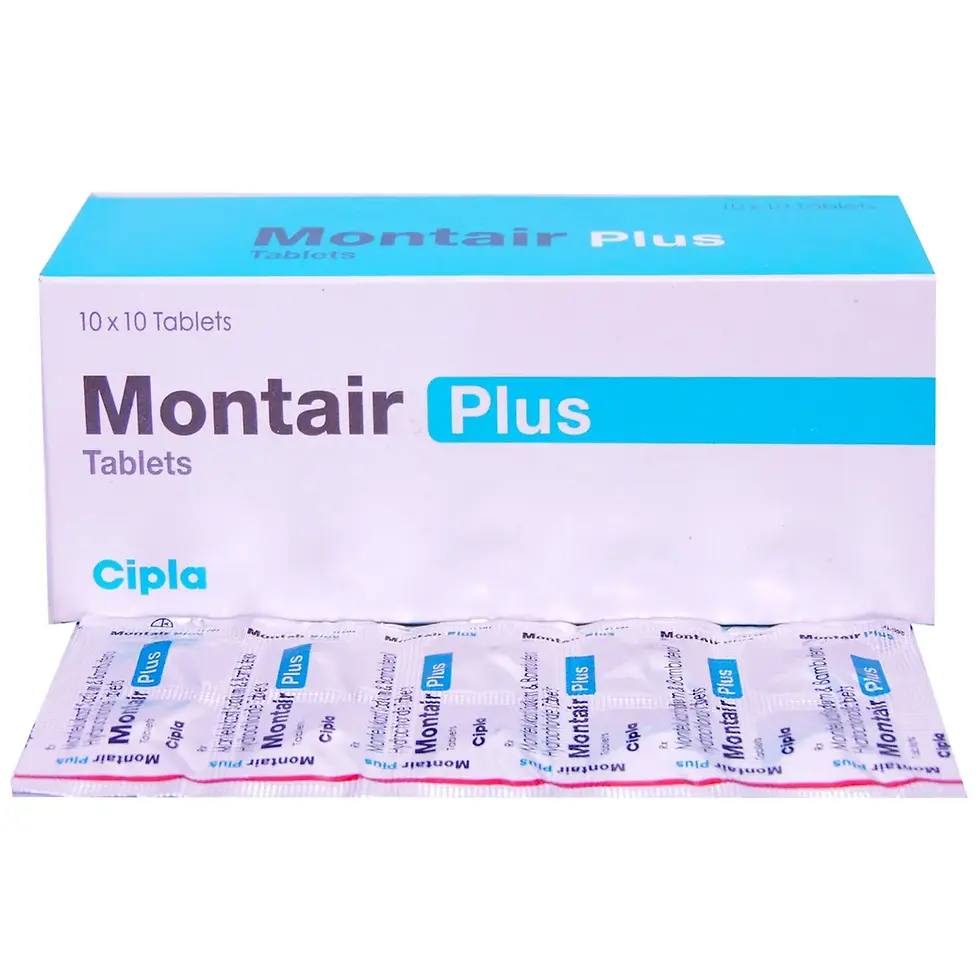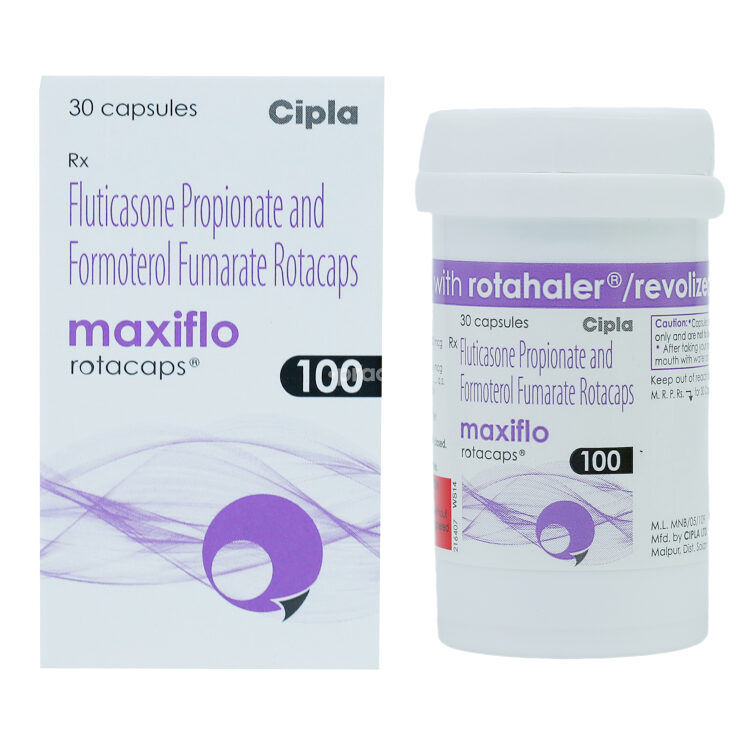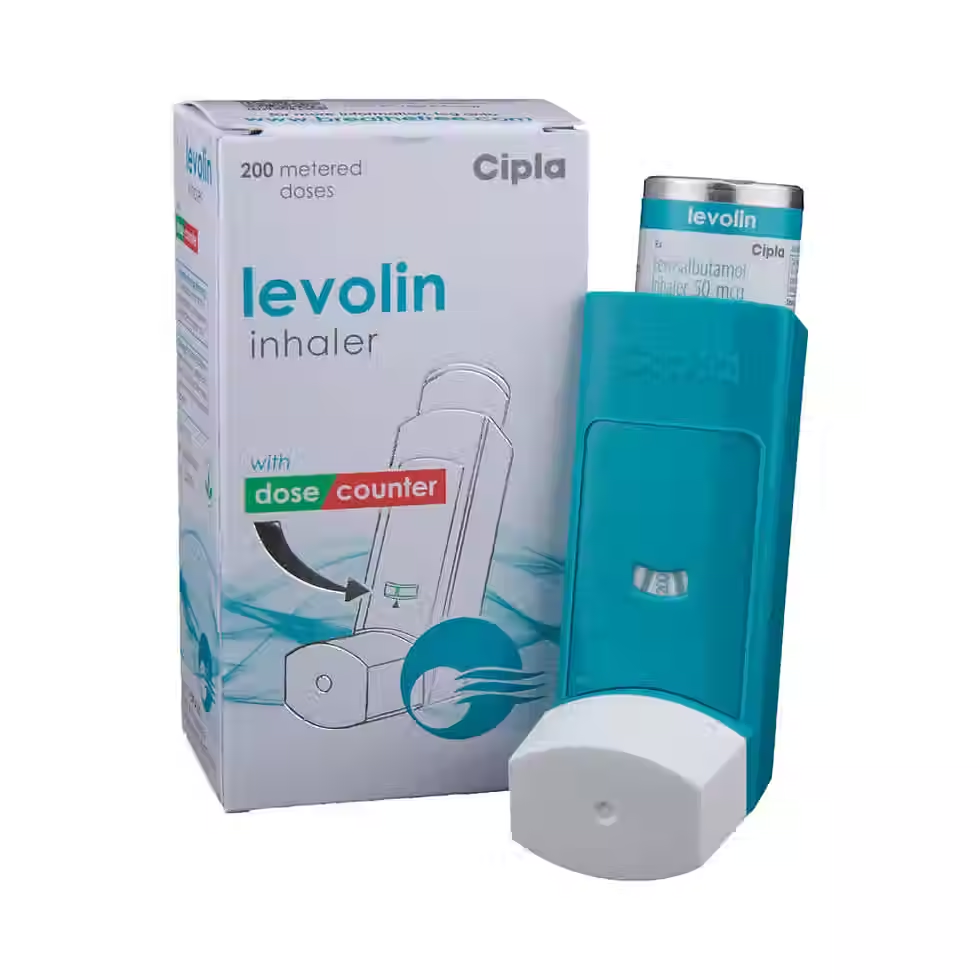Respiratory care refers to the prevention, monitoring, and treatment of breathing and lung conditions. It includes the use of inhaled therapies (e.g., bronchodilators, inhaled anti‐inflammatories), nebulizer medicines, oral expectorants, and supportive supplements that restore airway function, reduce airway inflammation, and facilitate mucus clearance. Proper respiratory care helps individuals with asthma, chronic obstructive pulmonary disease (COPD), bronchitis, and other pulmonary disorders maintain quality of life and reduce flare-ups.
-
Shortness of Breath: Difficulty filling the lungs fully during activity or at rest.
-
Wheezing: A high-pitched whistling sound heard during breathing, often on exhalation.
-
Chronic Cough: Persistent cough that may produce clear or colored mucus.
-
Chest Tightness or Discomfort: Sensation of constriction or pressure in the chest.
-
Frequent Respiratory Infections: Recurrent episodes of bronchitis or pneumonia.
-
Fatigue & Reduced Exercise Tolerance: Feeling tired quickly due to poor oxygenation.
-
-
Airway Hyperresponsiveness: In conditions like asthma, airways constrict overly in response to stimuli (allergens, cold air).
-
Chronic Inflammation: Long-term irritants (smoke, pollution) inflame airway linings, as seen in COPD or chronic bronchitis.
-
Infections: Viral or bacterial infections (bronchitis, pneumonia) that damage airway structures and increase mucus production.
-
Allergic Reactions: Inhaled allergens (pollen, house dust mites) triggering airway narrowing and mucosal swelling.
-
Environmental Exposures: Occupational dusts, chemical fumes, or second-hand smoke causing airway irritation.
-
-
Cold, Dry Air: Rapid temperature changes can provoke bronchospasm in sensitive airways.
-
Physical Exertion: Rapid breathing during exercise may induce wheezing in those with asthma.
-
Airborne Irritants: Exposure to strong odors, chemical vapors, or smoke (including incense and cooking fumes).
-
Pollen & Pet Dander: Seasonal or perennial allergens that cause airway inflammation and mucus overproduction.
-
Respiratory Infections: Common colds or flu that exacerbate underlying airway inflammation and mucus retention.
-
Stress & Strong Emotions: Can lead to rapid breathing (hyperventilation) and tightening of chest muscles, worsening shortness of breath.
-
-
Patient History & Physical Exam: Detailed review of symptom patterns (wheezing, cough, dyspnea) and potential exposures; listening to breath sounds with a stethoscope.
-
Spirometry & Pulmonary Function Tests (PFTs): Measures airflow obstruction (FEV₁, FVC, FEV₁/FVC ratio) to confirm conditions like asthma or COPD.
-
Peak Expiratory Flow (PEF) Monitoring: Portable meter to track daily variations in airflow in asthma management.
-
Chest X-Ray or CT Scan: Visualizes lung fields for signs of infection, structural changes, or emphysema.
-
Pulse Oximetry & Arterial Blood Gas (ABG): Assesses blood oxygen levels (SpO₂) and carbon dioxide retention for severity assessment.
-
Allergy Testing (Skin or IgE Panels): Identifies specific inhalant allergens contributing to airway reactivity.
-
Respiratory care typically begins with quick-acting inhaled bronchodilators (e.g., Salbutamol 100 mcg inhaler, two puffs every 4–6 hours as needed) to open narrowed airways. For long-term control, inhaled anti-inflammatory therapies—such as budesonide 200 mcg twice daily—reduce airway swelling. In cases of thick mucus or productive cough, oral expectorants (e.g., Guaifenesin 200–400 mg every 4–6 hours) and nebulized hypertonic saline help thin secretions and facilitate clearance. Combination inhalers that deliver both a long-acting bronchodilator (e.g., Formoterol) and inhaled corticosteroid (e.g., Budesonide) twice daily improve symptoms and reduce exacerbations in moderate to severe cases. For acute episodes of bronchospasm, nebulized treatments (e.g., Ipratropium bromide 0.5 mg with Salbutamol 2.5 mg every 4–6 hours) provide rapid relief. Supplemental oxygen therapy and pulmonary rehabilitation exercises support those with advanced airway disease. Regular review of inhaler technique, adherence, and monitoring via spirometry ensures optimal control and minimizes side effects.
Q1: How quickly can I expect relief after using a rescue inhaler?
Most individuals feel bronchodilation within 5–10 minutes of inhaling Salbutamol. If symptoms persist beyond 15–20 minutes or worsen, seek medical attention as this may indicate a more severe airway constriction.
Q2: Are inhaled corticosteroids safe for long-term use?
Inhaled anti-inflammatory therapies (e.g., Budesonide) have fewer systemic effects than oral formulations. With correct inhaler technique and periodic review, long-term use is generally safe. Rinse the mouth after each use to minimize risk of local irritation.
Q3: How often should I have spirometry performed?
For known airway conditions, baseline spirometry at diagnosis and follow-up every 6–12 months assesses disease progression and treatment effectiveness. More frequent testing is indicated when symptoms change or after adjusting therapy.
Q4: Can humidifiers or steam inhalation help?
Yes—using a cool-mist humidifier or inhaling steam can loosen mucus, ease cough, and soothe irritated airways. However, ensure regular cleaning of devices to prevent bacterial or mold growth that could worsen respiratory issues.
Q5: When should I start pulmonary rehabilitation?
If exercise intolerance or frequent exacerbations limit daily activities, a structured pulmonary rehabilitation program (including breathing exercises, walking endurance, and education) can improve lung function, reduce symptoms, and enhance quality of life. Ask your healthcare provider for a referral.










































































